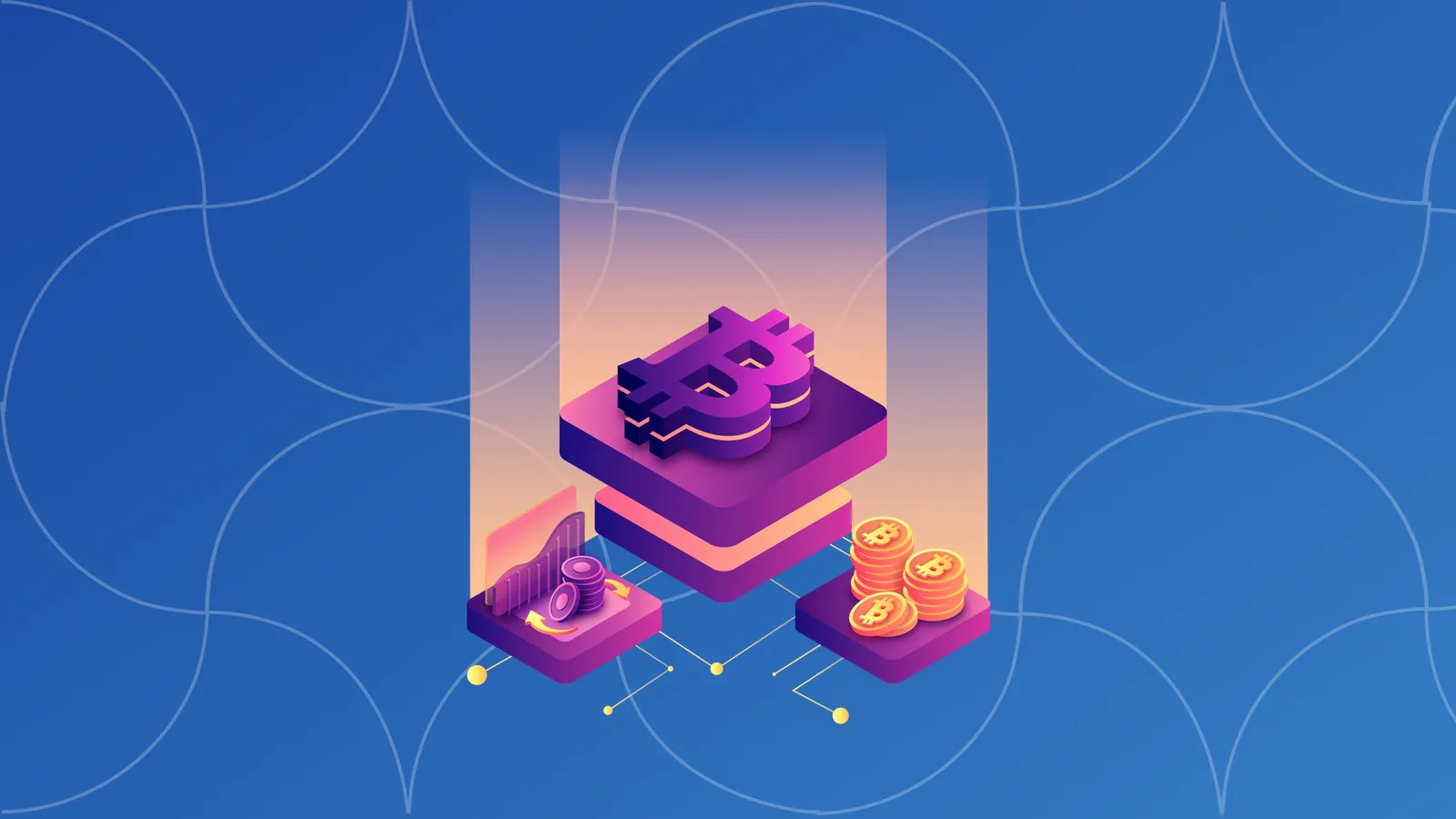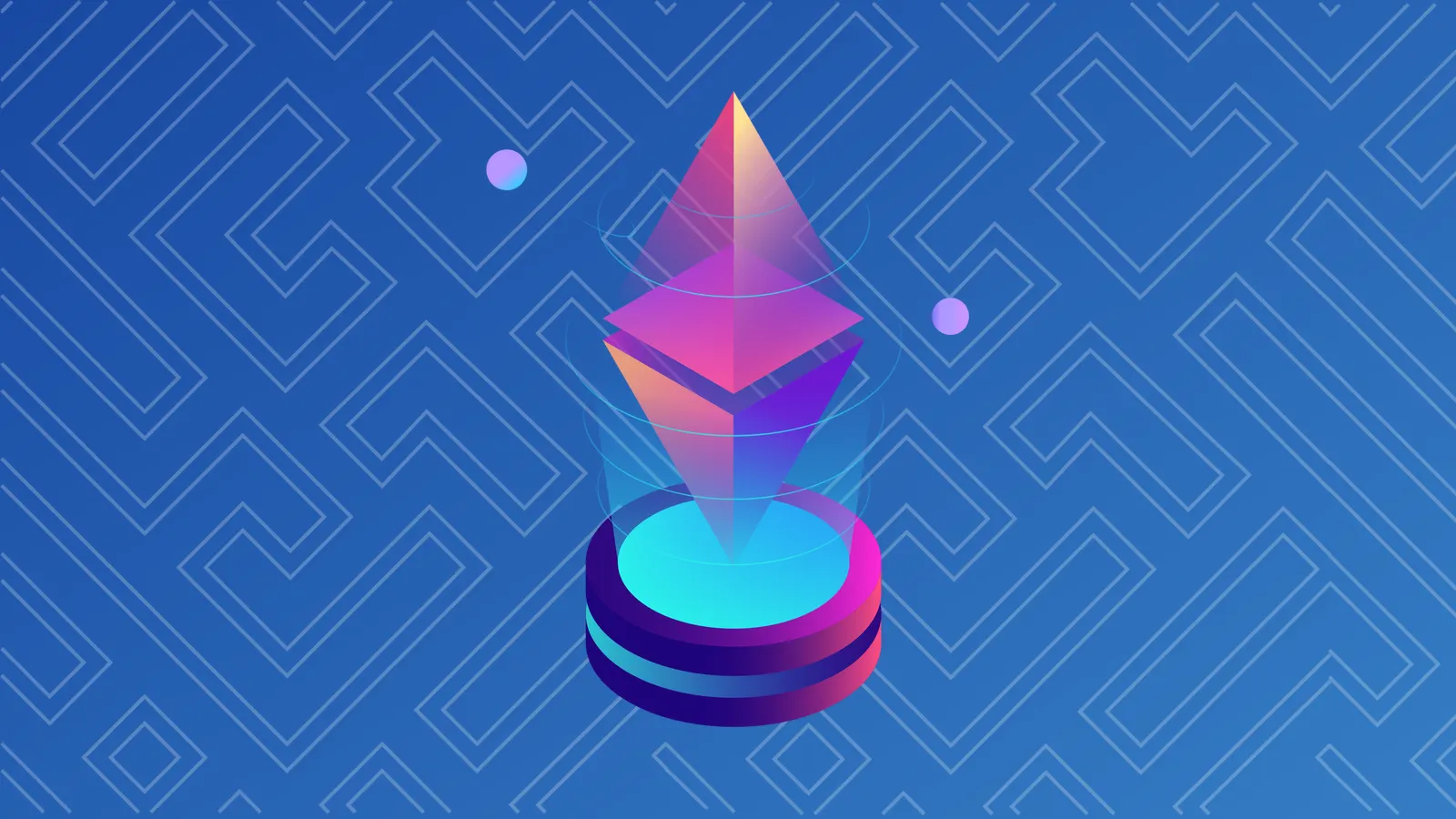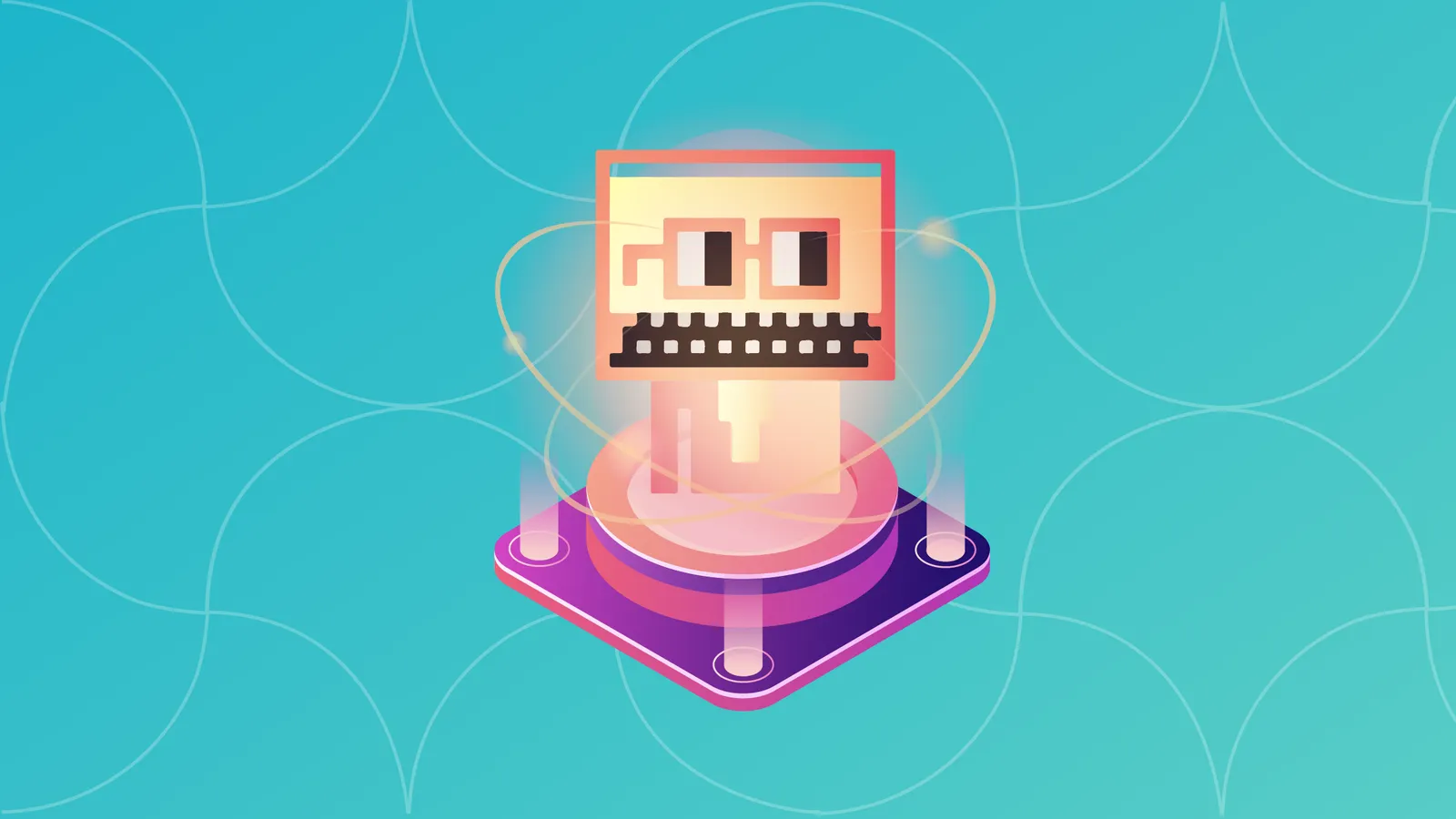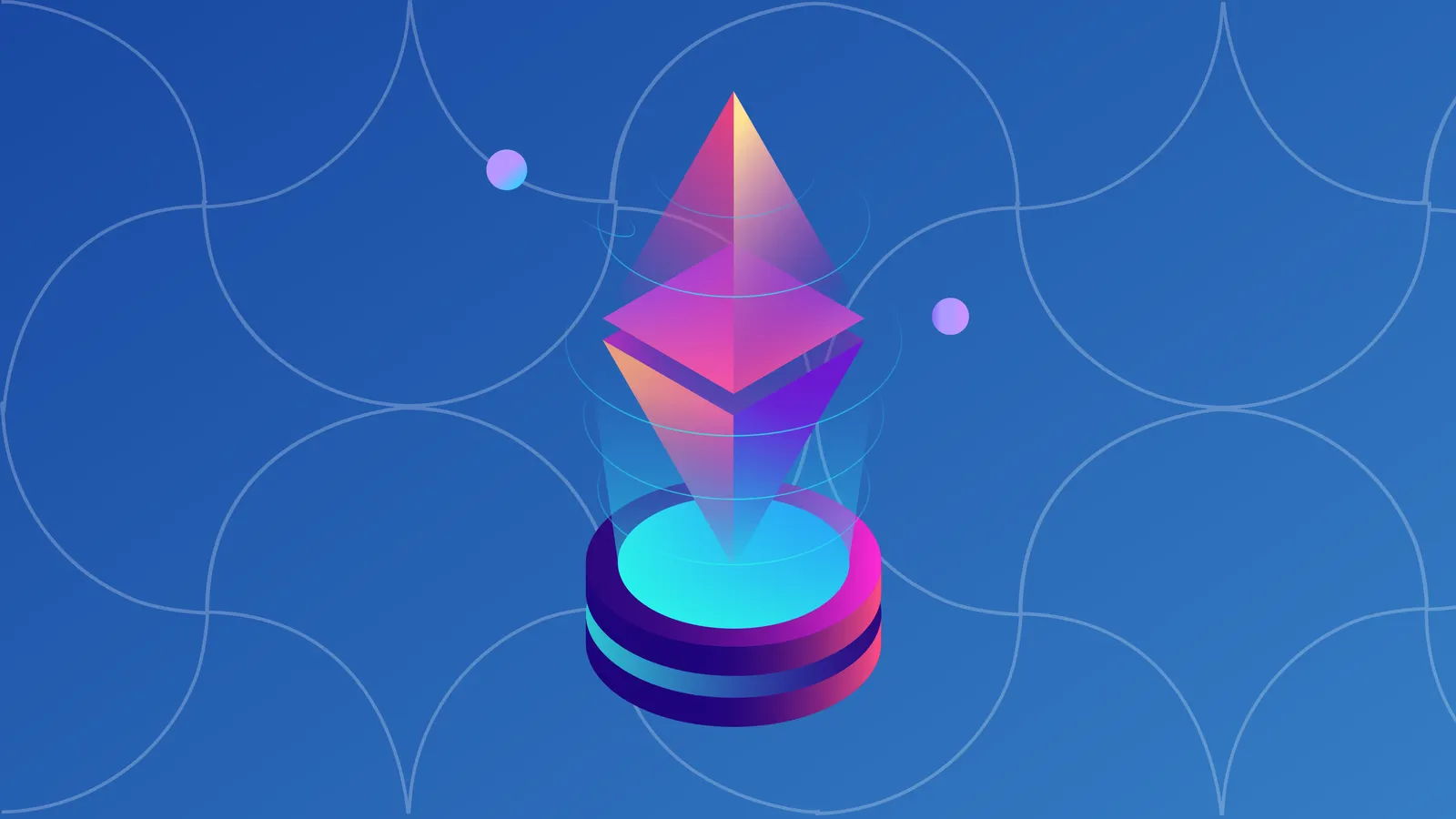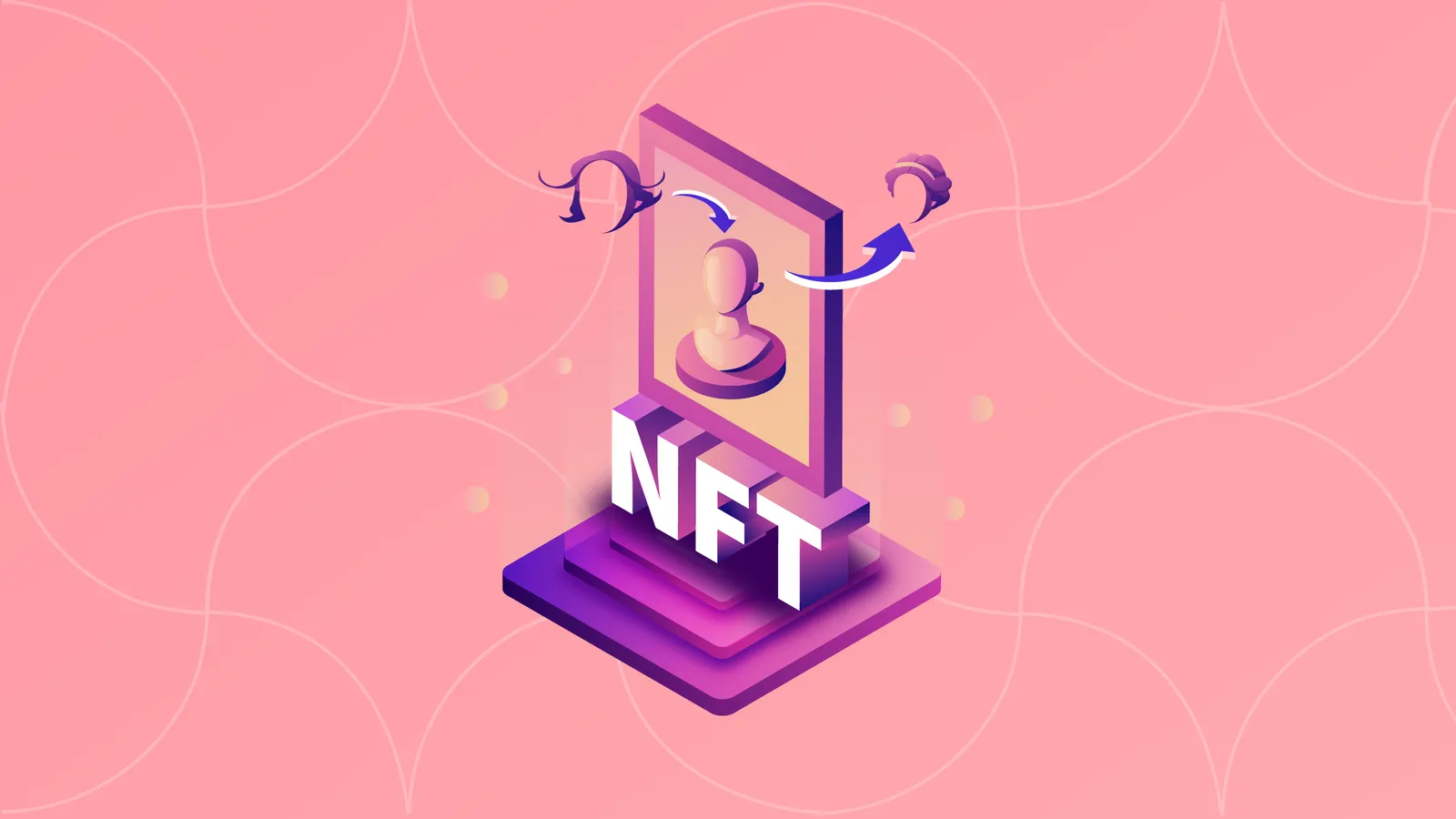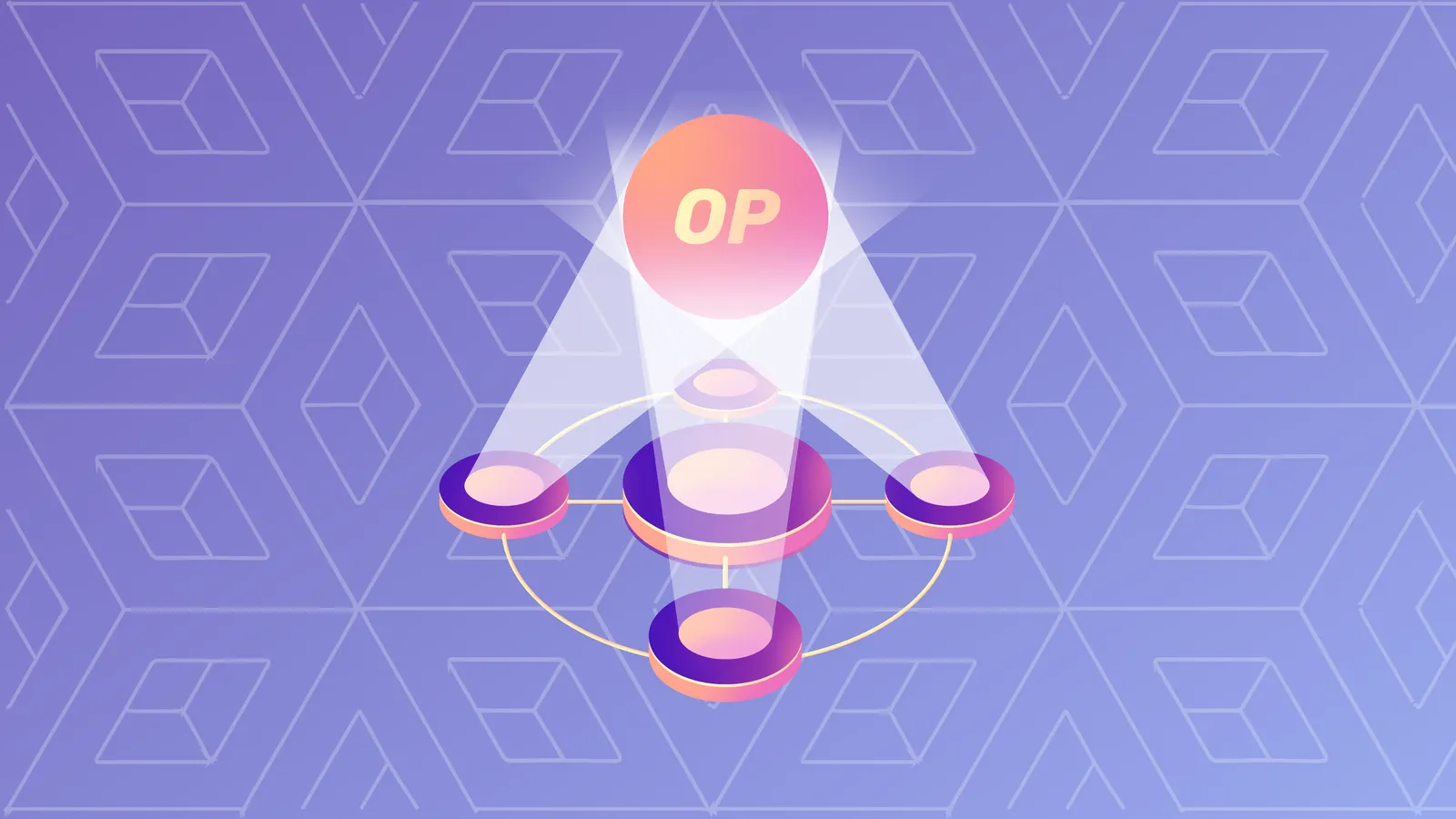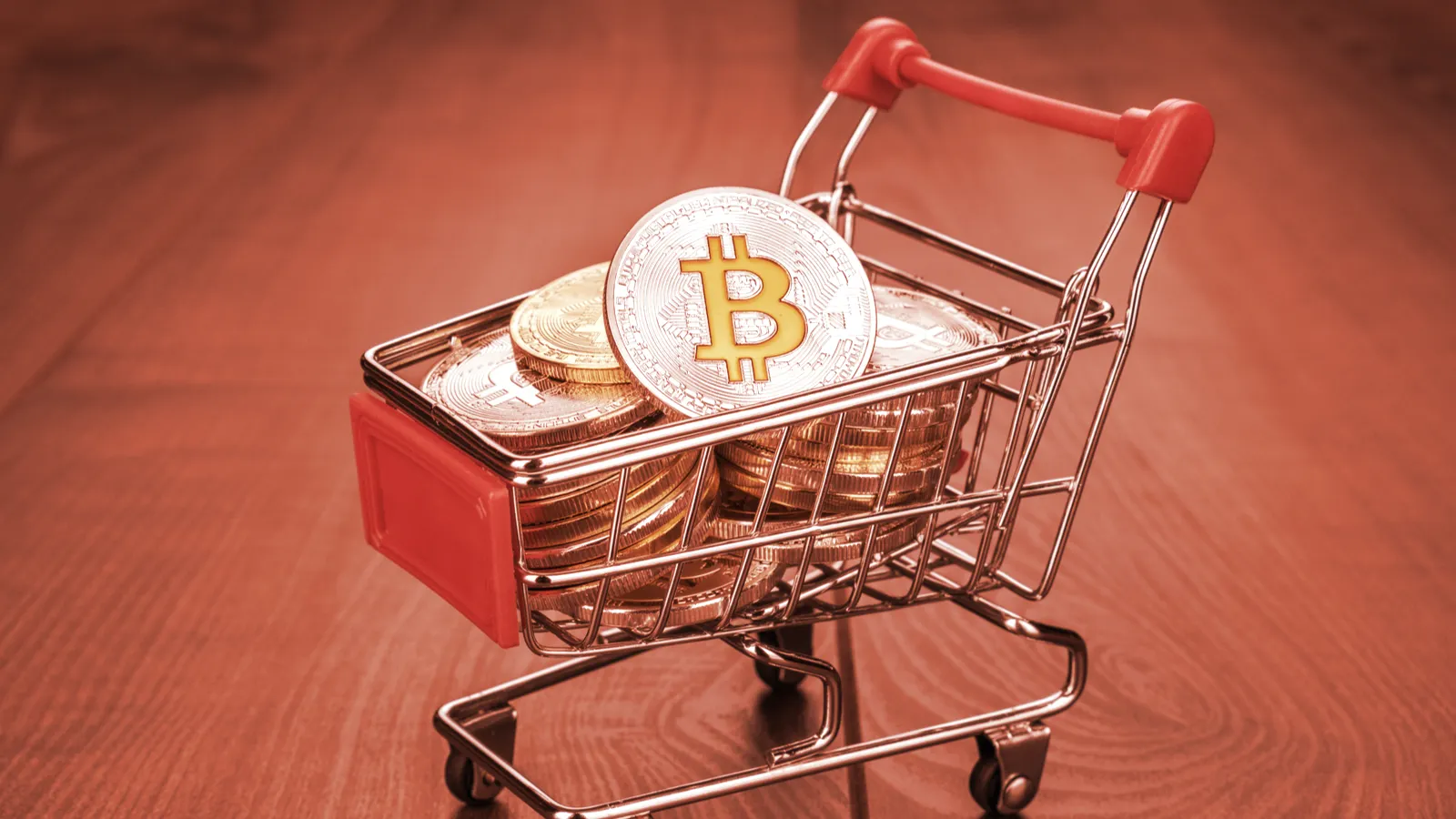Coin Prices
BTC
$92,292.00
2.26%ETH
$3,315.53
6.76%XRP
$2.07
0.88%BNB
$888.54
0.19%USDC
$0.9998
-0.01%SOL
$137.31
3.50%STETH
$3,315.01
6.81%TRX
$0.279083
-0.56%DOGE
$0.146008
4.23%ADA
$0.463187
8.00%FIGR_HELOC
$1.033
0.26%WSTETH
$4,047.73
6.78%WBT
$61.42
1.17%WBETH
$3,595.85
6.76%WBTC
$92,244.00
2.53%BCH
$569.24
-0.84%LINK
$14.16
3.53%USDS
$0.999317
-0.06%BSC-USD
$1.00
0.05%LEO
$9.54
0.72%WETH
$3,312.63
6.76%WEETH
$3,587.49
6.75%XLM
$0.250732
4.80%HYPE
$29.27
5.06%XMR
$397.78
6.84%ZEC
$430.95
5.23%CBBTC
$92,325.00
2.44%USDE
$0.999403
0.06%LTC
$84.01
0.84%AVAX
$14.34
6.05%SUI
$1.61
0.99%HBAR
$0.136375
2.36%SHIB
$0.00000852
0.05%USDT0
$0.999724
-0.04%SUSDS
$1.078
0.02%WLFI
$0.152089
2.62%TON
$1.64
1.57%CRO
$0.104938
1.50%PYUSD
$0.99994
-0.00%MNT
$1.16
4.66%DOT
$2.20
4.55%SUSDE
$1.21
0.01%UNI
$5.55
1.58%AAVE
$197.38
4.92%TAO
$297.82
-1.05%USD1
$0.999126
0.02%CC
$0.073414
-0.41%RAIN
$0.00757107
0.25%BGB
$3.59
0.77%M
$1.45
8.70%OKB
$117.02
4.94%NEAR
$1.75
1.85%XAUT
$4,199.79
-0.15%USDF
$0.998448
-0.05%ETC
$13.60
1.87%ENA
$0.268561
0.80%WETH
$3,313.29
6.75%ASTER
$0.956114
2.41%PEPE
$0.0000047
2.60%JITOSOL
$171.23
3.66%ICP
$3.49
4.20%BUIDL
$1.00
0.00%PI
$0.214652
-1.21%PUMP
$0.00300939
2.17%SOL
$137.25
3.55%JLP
$4.75
2.20%ONDO
$0.492218
3.23%SYRUPUSDC
$1.14
-0.02%HTX
$0.00000165
1.94%WLD
$0.622502
4.53%PAXG
$4,201.35
-0.16%USDG
$0.999674
-0.01%RETH
$3,801.83
6.51%HASH
$0.02640361
2.75%KCS
$10.58
3.73%USYC
$1.11
0.11%SYRUPUSDT
$1.11
0.03%KAS
$0.04997996
-0.97%BFUSD
$0.999031
-0.00%APT
$1.78
2.45%POL
$0.123811
1.24%RLUSD
$0.999824
-0.00%USDC
$0.999791
-0.01%SKY
$0.055936
3.15%QNT
$85.23
-1.71%GT
$10.49
2.06%ARB
$0.216599
0.73%WBNB
$888.35
0.34%RSETH
$3,513.32
6.80%ALGO
$0.136412
3.27%BNSOL
$149.27
3.62%TRUMP
$5.81
2.68%NIGHT
$0.070472
64.50%LSETH
$3,552.82
6.98%ATOM
$2.25
1.37%FBTC
$92,389.00
2.20%FIL
$1.49
0.96%VET
$0.012401
-0.18%FLR
$0.01290428
-0.24%LBTC
$92,423.00
2.45%SOLVBTC
$92,384.00
2.76%NEXO
$0.98691
2.92%XDC
$0.04963876
2.98%SEI
$0.136277
4.42%RENDER
$1.65
0.96%USDTB
$0.999939
-0.04%EZETH
$3,529.40
6.64%USTB
$10.92
0.03%KHYPE
$29.43
4.94%CAKE
$2.33
2.00%BONK
$0.00000943
0.57%METH
$3,584.13
6.73%FDUSD
$0.9985
-0.03%PENGU
$0.01226289
8.06%OUSG
$113.58
0.01%JAAA
$1.017
0.02%WBTC
$92,170.00
2.38%JUP
$0.230092
4.48%CLBTC
$92,661.00
2.11%IP
$2.12
2.34%USDY
$1.11
-0.01%USDC.E
$0.9998
-0.02%MORPHO
$1.27
5.65%FET
$0.258704
8.29%JUPSOL
$158.57
3.59%OSETH
$3,423.11
7.45%USDAI
$0.999737
-0.10%ULTIMA
$6,396.07
10.05%DAI
$0.999674
-0.03%OP
$0.328985
4.40%WETH
$3,312.46
6.61%DASH
$48.74
1.71%SPX
$0.647347
2.50%BDX
$0.086773
1.57%AERO
$0.661959
1.59%CRV
$0.404174
4.00%STX
$0.309441
3.51%TBTC
$92,088.00
2.19%VIRTUAL
$0.854455
1.74%INJ
$5.59
0.95%LDO
$0.625241
5.29%MYX
$2.92
1.32%USD0
$0.998243
0.21%ETHFI
$0.875327
6.22%GTETH
$3,313.86
6.81%XTZ
$0.493887
2.16%TEL
$0.00553481
5.67%STRK
$0.108657
1.56%TIA
$0.606847
4.99%WETH
$3,311.44
6.76%ETHX
$3,566.07
6.87%TUSD
$0.99711
-0.03%CGETH.HASHKEY
$2,460.42
0.00%MSOL
$184.53
3.52%GRT
$0.04559138
0.46%USDD
$0.999893
-0.00%FLOKI
$0.00004959
1.58%SAD
$0.475327
35.16%LIQUIDETH
$3,516.82
6.76%EUTBL
$1.21
-0.05%KAIA
$0.076901
-0.40%GHO
$0.999754
-0.01%2Z
$0.129587
-1.08%IOTA
$0.105381
2.97%SWETH
$3,629.77
6.08%ENS
$11.46
2.58%USDT
$0.995039
-0.47%AB
$0.00472066
0.98%CBETH
$3,685.91
6.75%TWT
$1.009
2.77%BTT
$0.00000042
2.02%STEAKUSDC
$1.11
-0.03%SBTC
$92,629.00
2.62%WIF
$0.404999
5.56%BSV
$20.39
1.20%USDB
$0.995647
-0.45%PYTH
$0.068562
1.83%BAT
$0.262578
0.77%SUN
$0.0204456
-1.55%ENZOBTC
$90,454.00
0.00%CFX
$0.074918
2.19%PENDLE
$2.34
2.48%EETH
$3,318.82
6.79%JST
$0.0385332
-0.41%OHM
$23.10
0.56%DCR
$21.94
-0.88%BTC.B
$92,366.00
2.41%DOGE
$0.145976
4.24%SAND
$0.142135
1.10%S
$0.095644
2.71%FARTCOIN
$0.36142
-2.54%NFT
$0.00000036
-0.93%PIPPIN
$0.357334
94.42%SAVAX
$17.73
6.42%FLOW
$0.22051
2.68%HNT
$1.92
1.13%JASMY
$0.00720586
5.60%GALA
$0.00752322
4.89%LUNC
$0.00006409
3.45%GNO
$131.79
4.50%STABLE
$0.01899051
6.32%MERL
$0.330536
-2.35%THETA
$0.346599
1.90%WEETH
$3,582.38
6.76%XPL
$0.172024
7.46%EURC
$1.16
-0.09%VSN
$0.096778
3.74%CHZ
$0.03270092
-1.40%USX
$0.999251
-0.01%FRXETH
$3,283.15
7.06%KAU
$135.28
0.13%CMETH
$3,579.10
6.59%RAY
$1.16
3.27%CUSD
$1.002
0.26%BUSD
$0.996056
-0.28%SYRUP
$0.275397
3.36%WETH
$3,314.74
6.73%COMP
$31.31
0.56%MWC
$27.75
-2.91%UBTC
$92,405.00
2.33%BORG
$0.306923
4.38%ZRO
$1.48
7.00%ZK
$0.03474747
6.81%NEO
$4.21
3.13%JTRSY
$1.088
0.01%A
$0.183881
3.10%CRVUSD
$0.999191
-0.08%MON
$0.02688903
1.11%MANA
$0.151288
0.16%ASBNB
$941.76
0.13%FRAX
$0.993264
-0.02%ZBCN
$0.00291105
-0.32%WETH
$3,312.43
6.65%GTBTC
$92,492.00
2.38%WHYPE
$29.27
5.01%FF
$0.114889
1.05%AR
$4.09
2.00%FDIT
$1.00
0.00%SENA
$0.272087
1.26%WAVAX
$14.36
6.02%UDS
$2.55
2.79%FLUID
$3.36
4.39%USR
$1.00
0.11%APEPE
$0.00000117
2.64%WAL
$0.158456
-1.80%REAL
$0.080904
2.64%1INCH
$0.174551
-1.17%TETH
$4,047.34
6.84%

